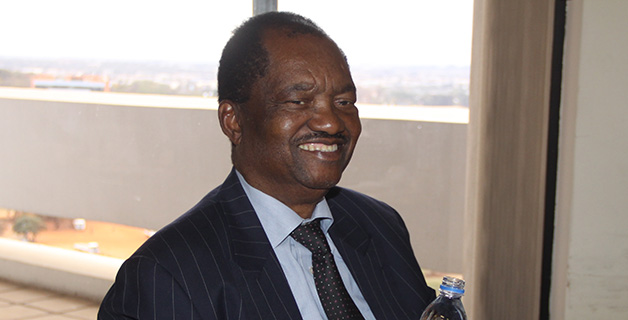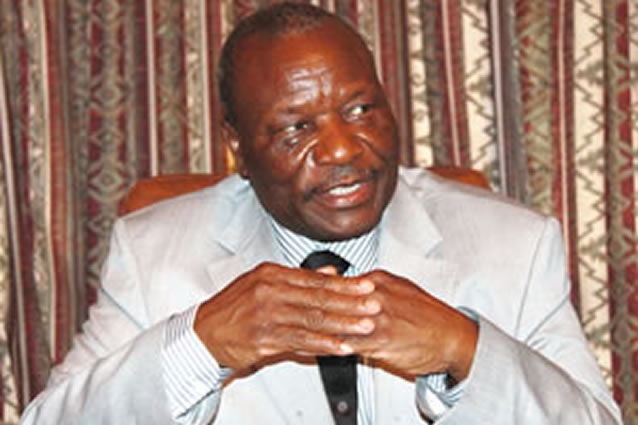Ups and downs mark 2013 health year
Paidamoyo Chipunza Health Reporter
The health sector continued to face challenges in 2013, the majority of which were a spill-over from 2012. Chief among these was the shortage in specialist surgeons, drugs and modern equipment. This resulted in the private sector taking advantage of the situation by pegging costs for services at par with those charged in developed countries – further burdening people who had to fork out more to access healthcare.
Early in the year, Treasury allowed public hospitals to recruit 2 000 more nurses, resulting in absorption of those who completed training since 2008.
This was after the then Finance Minister Tendai Biti of MDC-T froze recruitment, causing staff shortages at hospitals. As such, a huge number of nurses are roaming the streets while hospitals are understaffed.
Cancers and HIV and Aids continued to weigh down the health sector. Malaria, diarrhoeal diseases and bilharzia also added pressure on the health delivery system.
Disease Burden
Diarrhoeal diseases, though preventable and treatable, continued to claim lives.
According to Government’s disease surveillance report (December 8, 2013), 547 people died from such diseases from January, while 573 405 were treated.
Provision of safe and adequate water in towns throughout the country remained a challenge during the course of the year with many suburbs experiencing intermittent water supplies while garbage collection was erratic and unattended sewer bursts were regular features.
During the malaria peak season, outbreaks were reported in Buhera, Mutasa and Mutare, districts that are not traditional malaria-prone areas.
Malaria outbreaks recorded throughout the country left 370 people dead, with 428 320 others treated for the disease.
Government embarked on a national programme that saw all children under the age of 15 receiving praziquantel and albendazole for treatment of intestinal worms and bilharzia.
Unfortunately, two children reportedly died soon after taking the drugs and several other parents reported serious side effects.
According to the World Health Organisation, when used correctly the drugs are safe, but may cause drowsiness, dizziness or vomiting in some people.
Service provision
Public health institutions continued on a recovery path despite the economic constraints.
Leading in quality and efficient service delivery was Chitungwiza Central Hospital, which with little funding from Treasury spruced up most of its departments with the help of donors to match world standards.
Parirenyatwa Group of Hospitals followed suit after furnishing its radiotherapy unit with new state-of-the-art machines, while Harare Central Hospital got new installations of dialysis machines – all in an effort to bring quality to patients.
But getting full assistance in a public health institution remained troublesome, precipitated by low staff morale, with patients complaining of spending long hours in queues.
Staffing
The need to revisit health staff establishments – which were created in the 1980s – remained topical throughout the year, coupled with the call to unfreezing all health posts.
However, no movement was made on these fronts in 2013 and action is certainly needed in the coming year.
The country continued to experience a critical shortage of specialist surgeons, resulting in the few available taking advantage to peg costs of procedures beyond fees charged in many countries in the region.
Medical aid societies versus doctors
Conflict between the two over tariffs dominated the news towards the end of the year.
But the creation of the Joint Advisory Committee (JAC) is expected to solve the impasse which started way back in 2006.
JAC, which is chaired by Government, gave the two parties time to settle their scores, failure of which new tariffs would be gazetted.
The parties subsequently failed to agree and Government, with assistance from JAC, came up with new tariffs that will be gazetted soon.
Funding
Funding from central Government remained a challenge throughout the year as the Ministry of Health and Child Care had a budget that could not cope with all the demands on the health sector
Development partners came to the rescue by contributing a combined US$161 million throughout the year.
All hope is now pinned on the Zimbabwe Agenda for Sustainable Socio-Economic Transformation (ZIM-ASSET), which is expected to steer the country’s development over the course of the next five years.








Comments